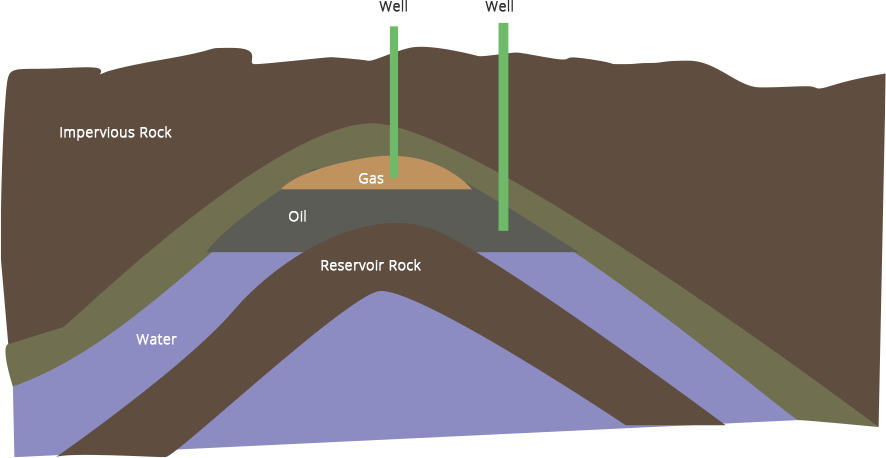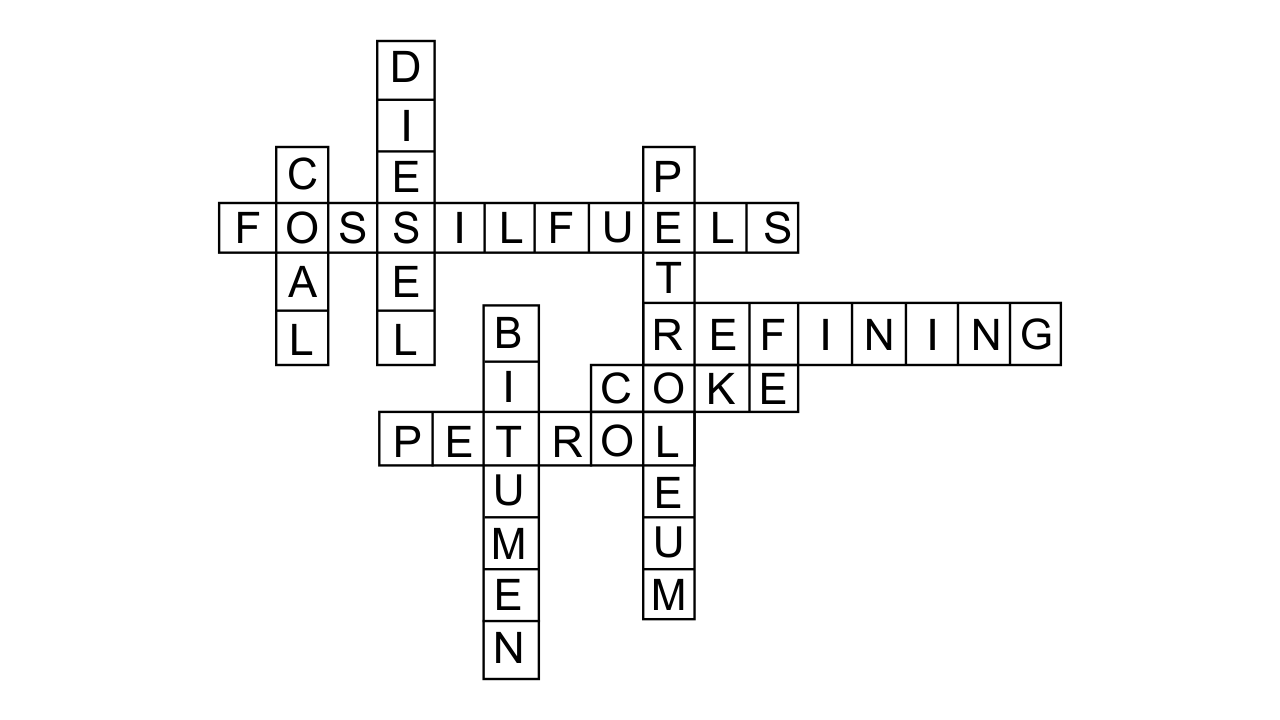Class 8 Science NCERT Exemplar Solutions Chapter 5 Coal and Petroleum
FAQs on NCERT Exemplar Class 8 Science Solutions Chapter 5 Coal and Petroleum
1. What is Conservation of Natural Resources?
Natural resources are things that originate from nature, and while humans cannot create them, they may gather them. Water, wood, iron, and coal are all examples of natural resources. Because they are created by humans, some resources, such as hydroelectric electricity, are not natural. These natural resources must be safeguarded since they are depleting at an alarming rate. Apart from that, it has a negative impact on the environment, resulting in indirect injury to living creatures. We may protect natural resources by following the guidelines below:
Vehicle usage should be kept to a minimum.
Water should be used sparingly and not wasted.
2. What is the formation of petroleum?
It takes millions of years for petroleum to form. The corpses of these deceased animals are exposed to extreme pressure and heat. Similar to plant-based materials, millions of animals have lived and perished through time to become petrified. Due to the existence of microorganisms, the decayed organic debris has been buried deeper and deeper over time. Tremendous temperatures, high pressure, and a lack of oxygen have transformed dead creatures into petroleum and coal for millions of years. This liquid form of dead biological stuff is known as petroleum or crude oil. Natural crude oil is extracted from deep wells. This crude oil is subsequently refined and turned into a variety of petroleum products that we use every day. For example, gasoline, diesel, lubricants, kerosene, and a variety of other products.
3. What is the usage of natural gas?
Although compressed natural gas is easy to transport through pipelines and can be compressed and stored at high pressure, it is a very important fuel. It has a high calorific value and does not contaminate the environment. Electricity is generated using CNG. It's presently employed as a fuel for transportation vehicles. It is more environmentally friendly gasoline. Natural gas is also used as a raw material for the manufacture of a variety of chemicals and fertilizers. India's natural gas reserves are huge. Coal and Petroleum are both limited in supply. We should be cautious when using them. The Petroleum Conservation Research Association (PCRA) in India provides driving suggestions to help you save money on gasoline and diesel.
4. Why is Chapter 5 of Vedantu's Coal and Petroleum Class 8 so important?
Vedantu is one of India's most well-known online teaching companies, claiming to allow students to study live from some of India's best-curated professors. There are several reasons to purchase Vedantu's Chapter 5 Coal and Petroleum Class 8 textbook. And here are a few of them
Learn the answers to get the best grades in your class.
Register for live online classes.
Get answers to your questions 24 hours a day, 7 days a week.
Vedantu offers a free download of the revision notes.
5. How is Coal Obtained?
It is extracted from subterranean seams, which are layers of ores that are thick enough to be mined profitably. Underground and open-pit mining are the two types of mining available. The kind of mining is determined by the depth of the deposit. Underground mining requires the excavation of vertical shafts, whereas surface or open-pit mining requires the removal of soil and rocks that lay on top of the mineral deposits. Surface mining is more cost-effective than subterranean mining. As a result, surface mining is more prevalent.



















